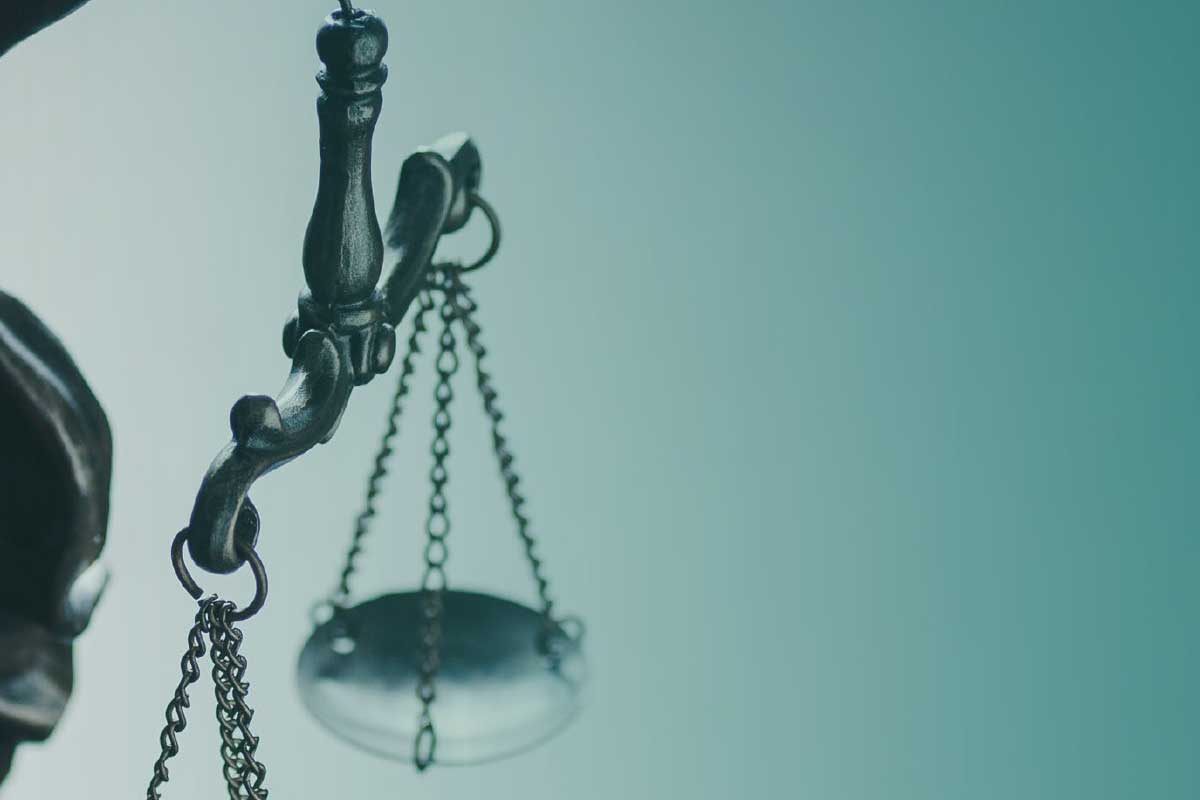Whistleblowing is an effective tool for uncovering or preventing illegal activity in the workplace. With corruption alone costing the European Union €120 billion per year, encouraging employees to report criminal behaviour is essential. In addition to financial benefits, installing a robust whistleblowing policy can protect your company’s reputation and improve morale. But how do you measure the effectiveness of whistleblowing?
Once the investigator releases their report, the organisation takes immediate action to halt the wrongdoing and sanction the perpetrators accordingly.
The organisation adjusts its internal policies and procedures to prevent the offence from happening again.
There is no retaliation against the whistleblower as a result of making their report.
The EU Whistleblowing Directive makes it a legal requirement to implement a whistleblowing policy for many organisations, and failing to offer confidential reporting methods can be catastrophic for your staff. A study by James A. Dungan, Liane Young and Adam Waytz showed that “analyses have shown that many whistleblowers, particularly those who are unable to blow the whistle anonymously, experience harassment and emotional trauma.”
To ensure that you remain compliant and maintain a successful speak-up culture, this article explains how to monitor your whistleblowing strategy for efficacy.
1. What is effective whistleblowing?
There are four steps to an effective whistleblowing process:
A whistleblowing report leads to the organisation launching an investigation. This is a requirement of those entities within the scope of the EU Whistleblowing Directive. Even if your organisation does not yet have to adhere to the directive, you should still scrutinise reports to show you are serious about eradicating wrongdoing from your workplace.Once the investigator releases their report, the organisation takes immediate action to halt the wrongdoing and sanction the perpetrators accordingly.
The organisation adjusts its internal policies and procedures to prevent the offence from happening again.
There is no retaliation against the whistleblower as a result of making their report.
2. Checklist: What indicates the effectiveness of your whistleblowing programme?
2.1 Senior leader buy-in
Senior leaders must support and abide by the organisation’s whistleblower procedures in order for you to be able to label them as effective. If a speak-up culture does not cascade from the top, it becomes more challenging to maintain compliance throughout the organisation.
In the Harvard Business Review, Shivaram Rajgopal warns that:
“If the board and senior management do not devote resources to investigating every complaint carefully, potential tipsters will be dissuaded from pointing out the next existential threat to the company.”
The level of buy-in from senior leaders indicates how effective your efforts are. Examples of leaders engaging with your programme include:
- Meeting with whistleblowers.
- Asking for regular reports on complaints.
- Discussing the outcomes of investigations.
- Actively working to make sure middle management does not bury incriminating reports.
2.2 Employee training
To be able to make a whistleblowing report, employees must understand how the process works. You can achieve this through whistleblowing training that relays under which circumstances an employee can make a report and how they should action it.
The training sessions should focus on what constitutes reportable behaviour, what happens when the employee makes a report and how the investigation runs following a report.
You can also use this opportunity to provide mentorship for employees and to signpost any support available to reporting persons before, during or after they issue their report.
The better informed your employees are regarding whistleblowing reporting, the more effective your programme will be in encouraging reports and eradicating illegal activities within the organisation. Keep records of all staff engaged with training to quantify your efforts.
2.3 Whistleblowing rights
Besides training on the practical aspects of whistleblowing, employees must also understand what rights they hold once they make their report. Under the EU Whistleblowing Directive, the organisation should provide free and comprehensive information on the reporting person’s rights. These include:
- confidentiality for them and their family members and supporting colleagues
- protection from retaliation
- acknowledgement of receipt of their report within seven days and follow-up on the investigation within three months
- legal aid for fighting any retaliation that does occur
- financial assistance in the event of a legal case
- access to psychological support
Only when employees understand their legal protections can you run an effective whistleblowing procedure. It’s also a good practice to survey employees to understand how effective your education efforts have been.
2.4 Whistleblowing systems
Choosing the right whistleblowing reporting system for your organisation depends on your requirements and the law in your country. For example, in Sweden, relevant entities must offer both oral and written channels for reporting to whistleblowers. In many other EU nations, companies can choose their channels as long as they provide oral or written reporting.
Here are some of the most popular whistleblowing channels:
| Oral | Written |
| Telephone hotline | Postal box |
| Face-to-face meeting | |
| Voicemail | Digital reporting platform, such as IntegrityLog |
Whichever channels you implement, you should keep records of how many reports you receive on each platform. This helps you hone your approach, understanding which are the most effective systems for your circumstances.
With a digital whistleblowing reporting system, you can download insights into each of your cases, showing how many reports you handle through the platform and how quickly they were investigated.
2.5 Anonymous reporting
For organisations that do investigate reports with no identifying information, you should monitor the performance of these cases to measure their effectiveness.
Look at the percentage of reports that whistleblowers file anonymously compared with those in which they provide their personal information. If you introduce anonymous reporting to an existing whistleblower programme, record whether there is an increase in reporting. In addition, if there is an increase, or a large proportion of your reports are anonymous, cross-reference that with the percentage of anonymous reports that conclude with action being taken against parties committing illegal activity.
The metrics you uncover will help you ascertain whether there is value in allowing anonymous reporting.
2.6 Follow-up action
In a broader sense, you should log the percentage of all cases that result in a follow-up action. Track this metric over time to understand if your programme is targeting genuine cases of wrongdoing more accurately or if there is an unusually large number of claims that do not report evidence of illegal activity.
If the number of unfounded claims rises, you should examine your policies and discover why this might be. This result suggests that the programme is ineffective and requires adjustment.
You should also inform your employees of the outcomes of whistleblowing cases. Knowing that you have taken tangible action against criminal behaviour encourages others to come forward in the future, confident that the organisation will take their complaints seriously.
2.7 Resolution statistics
Metrics relating to the resolutions of your cases help you gain insight into the effectiveness of your whistleblowing policy. You should aim to reduce the time taken to investigate, so you should check the average case duration at intervals and monitor the trends.
You could also record the number of times you check in with the whistleblower throughout the investigation. Creating a two-way discussion shows trust and allows you to gain the fullest possible picture of the case and its intricacies.
3. Weaknesses of a whistleblowing programme
There are many potential weaknesses in a whistleblowing programme. Here are some elements that can undermine your efforts.
3.1 Inappropriate whistleblowing channels
To create an effective whistleblowing programme, you should make sure your reporting channels are accessible to the widest range of employees possible. For example, installing a physical postbox in head office as your sole system for tip-offs would not be adequate in a business with many remote workers. In addition, running a telephone hotline only during working hours would exclude those employees who wanted to make their call from somewhere more discreet.
The best option is to use a channel available at any time, which employees can use wherever they are. The channels should maintain confidentiality even if you allow anonymous reporting. IntegrityLog’s online whistleblowing platform is accessible from wherever there is an internet connection and stores the data securely so that only the parties authorised to lead investigations can access it.
3.2 Inappropriate response by senior management
If senior management dismisses whistleblowing reports without scrutiny, fails to act on the results of investigations or retaliates against whistleblowers, this undermines trust in the programme.
Leadership buy-in is important for any whistleblowing policy to work. Employees need to feel that there is an appropriate culture in which the company will appreciate their reports and will protect them.
3.3 Low or high report numbers
Beware of significantly low or high report numbers, as this could mean that there is not enough awareness of the programme or that you have not communicated adequately what is and is not reportable.
If you find either of these issues, you should reassess how you engage employees with information on your policies and adjust your staff training.
4. FAQs
4.1 What is the EU Whistleblowing Directive?
The EU Whistleblowing Directive will eventually make it mandatory for organisations with 50 or more employees to provide an internal reporting channel for whistleblowers. It applies to both companies and local authorities, and municipalities with more than 10,000 inhabitants. All affected organisations must also protect reporting persons from retaliation.
The directive came into force for public and private bodies with 250 or more employees and municipalities serving more than 10,000 people in December 2021, with smaller affected organisations having until December 2023 to comply.
4.2 What prevents whistleblowers from coming forward?
In the directive, it is stated that “potential whistleblowers are often discouraged from reporting their concerns or suspicions for fear of retaliation.” The potential demotion, intimidation, harassment, reduced remuneration, and similar forms of retaliation usually prevent whistleblowers from coming forward.
5. Conclusion
Having an accessible whistleblowing system in your organisation allows employees to report any wrongdoing that could present legal, financial or reputational damage to the company. Once you have your policy in place, you should monitor the results to help you improve your processes for the future. Measuring the effectiveness of whistleblowing helps you spot issues that deter reporting before they become endemic in your organisation.
IntegrityLog is an intuitive online solution that makes reporting wrongdoing simple. It maintains confidentiality, limiting access to authorised personnel. IntegrityLog helps you remain compliant with its easy-to-use dashboard that alerts you to deadlines and makes handling cases straightforward. Request a free demo or request a 14-day free trial for your organisation today.
6. References and further reading
- Whistleblower interview questions
- Whistleblower rights
- Whistleblowing and GDPR
- Transposition of the EU Whistleblowing Directive
- How to encourage whistleblowing
Share this post
Article Summary
- 1. What is effective whistleblowing?
- 2. Checklist: What indicates the effectiveness of your whistleblowing programme?
- 2.1 Senior leader buy-in
- 2.2 Employee training
- 2.3 Whistleblowing rights
- 2.4 Whistleblowing systems
- 2.5 Anonymous reporting
- 2.6 Follow-up action
- 2.7 Resolution statistics
- 3. Weaknesses of a whistleblowing programme
- 3.1 Inappropriate whistleblowing channels
- 3.2 Inappropriate response by senior management
- 3.3 Low or high report numbers
- 4. FAQs
- 4.1 What is the EU Whistleblowing Directive?
- 4.2 What prevents whistleblowers from coming forward?
- 5. Conclusion
- 6. References and further reading





